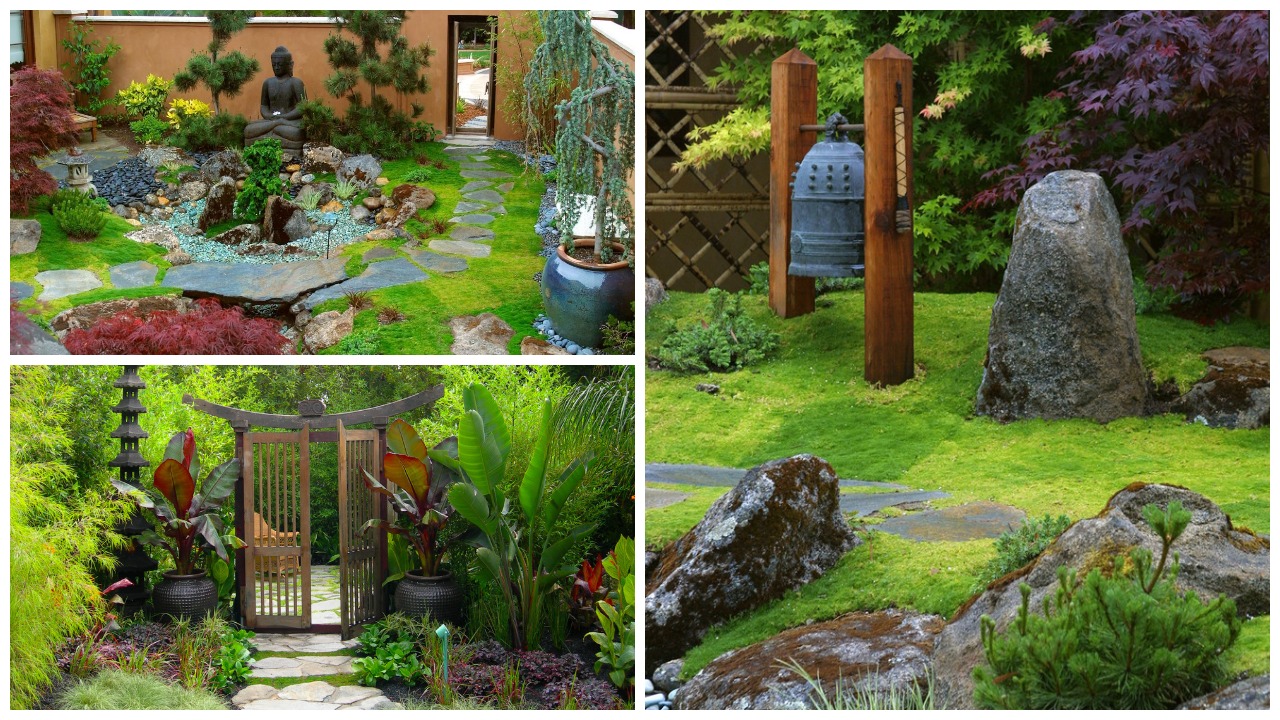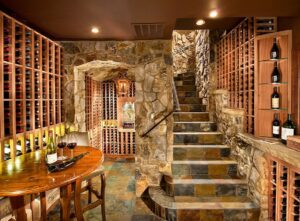
The garden design, regardless of how many acres are allocated for it, should fully support and emphasize the general style chosen for the site. If the site is new, then you must first draw up an available design of the garden and vegetable garden:
The choice of the style and design of the garden is greatly influenced not only by the areas but also much more by the composition of the soil, the relief of the site, the prevailing winds, the proximity of groundwater, etc., as well as what you are ready to do with your own hands, and where you need it professional help. But most importantly, when thinking about the garden design, it is essential to decide how and for what it will be used. If for fun meetings and get-togethers, then perhaps the gazebo will become the central element of the garden. If the garden’s primary purpose and the site are to become a place of rest and shelter from the bustle of the city, then it is worthwhile to provide for the creation of secluded, closed from prying eyes, small gazebos.
Garden Design Ideas: Pick a Style

The garden-style consists of specific rules and techniques for planning, the use, and the combination of different plant forms (trees, shrubs, plants), buildings (terraces, gazebos, fountains, artificial reservoirs), decorative paving, etc. Today there are about 20 popular styles, among which there are several that can be realized with your own hands in our conditions.
Country or Rustic Garden Design

A style that looks natural and relaxed in the photo, the main emphasis is still on practicality, while fruit trees prevail over other plantings. Plants for planting in the garden correspond to the climatic zone, do not abuse exotic, not typical for a given latitude, cultures.
It is better to do the paths with your own hands from natural materials – these can be round blocks or wooden flooring, and for them to last longer, they must be well treated with antiseptics. Alternatively, you can use natural stone paving. A beautiful flower garden is made up of simple, “old-fashioned,” and unassuming flowers. Simultaneously, the combination of perennials and annuals (especially those that reproduce well by self-sowing) will allow you to get a variegated mixture of colors.
A separate place is set aside for a vegetable garden as an option – a garden bed with herbs or medicinal plants. Several bright details can emphasize the style of the park and the plot – a wicker fence with inverted clay pots or cast iron, a well (decorative or active), and even a garden scarecrow. And most importantly – even 6 acres is enough to get a beautiful, cheerful, albeit somewhat careless garden – and all this with your own hands and without significant costs.
English Garden Design

Wherever this garden is located, it will be a piece of “good old” England in the photo. The style is characterized by naturalness, no symmetry – there is not and cannot be it, all landings and elements are placed entirely freely. There are no correct strict geometric shapes, and the garden should merge with the environment. Even artificial reservoirs should have an irregular coastline with a natural frame – sand, pebbles, near-water plants.
For planting, mainly plants characteristic of the area are used, and to combine the individual elements of the site, winding paths made of natural materials (stone, pebbles, wood) are used.
Eco Garden Design

In the photo, such a garden looks like a piece of wild nature, and the less it is clear what was done here with your own hands, the better. This style implies a minimal intrusion into nature, so you can buy an abandoned house somewhere in the village and remove plant debris with your own hands.
Simultaneously, you often choose between aesthetics and decorativeness because the same piece of wood or the skeletons of dried flowers add naturalness. Still, their appearance is not very beautiful and attractive. The paths look like glaciers plowed them.
Traditional Garden Design

The triumph of geometry, symmetry, and order (if you suddenly put the photo in a mirror, then nothing will change significantly) – strict flower beds, straight paths, trees, and shrubs are impeccably trimmed. The palette of such a garden consists of white, beige, blue, light terracotta, sand, and blue flowers. It is decorated with big stone balls, antique sculptures, flowerpots, classical columns, wrought-iron benches, and pergolas, arches. Often, the design of a winter garden inside the house becomes a continuation of the classic garden.
The traditional design of a classic garden – alleys act as axes of symmetry of the site, rectangular lawn, geometric regular (square, round, less often rectangular) flower beds, in the center – a fountain, at the intersection of paths – gazebos of classical shape. A frequently used technique in a classic garden is a dominant of one species, for example, roses will dominate in the garden design, and all elements will complement. To implement such a garden, you will need at least 10-15 acres of free space and regular subsequent, very costly maintenance.
Japanese Garden Design

The focus of tranquility and peace, a miniature model of a landscape (hilly or even), necessarily – a reservoir, located initially massive and not very stones, decorative lamps that create unusual, elusive lighting, there are no harsh colors, no unnecessary elements, each carries its semantic load.
Dwarf conifers, rhododendrons, located against a background of moss, junipers, water, and stone – the composition unfolds gradually. In the photo, it looks different every time. He helps, having renounced the external vanity, to know and feel the beauty and infinity of the surrounding world. And since the Japanese are very economical people in terms of space, then 6 acres to embody a garden in the Japanese style will be enough.
Alpine Garden Design

Mountain landscape, usually in such a garden, the house is located on a hill. The soul of this garden is stone, and there is a lot of it: retaining walls, waterfalls, flower beds, and alpine slides. The design provides zoning on several levels, mosses, heathers, various conifers (spruce, thuja, pine), junipers, from flowers – heathers, different rejuvenated, Carpathian bell. Phlox subulate, Arabis alpine, allium, etc.
High Tech Garden Design

Individuality, modernity, dynamism, a combination of the latest materials, and plants and flowers will not be many of them, but they should look imposing. Therefore, plants, trees, and conifers with an unusual crown or leaf shape are selected; the garden’s highlight is unique accessories and designs.
It is not necessary to strictly and consistently follow the generally accepted standards of a particular garden style – Japanese, Chinese, country, or classical, especially if the area (these most notorious acres) is not enough. It is enough to maintain a few basic features inherent in these styles.






